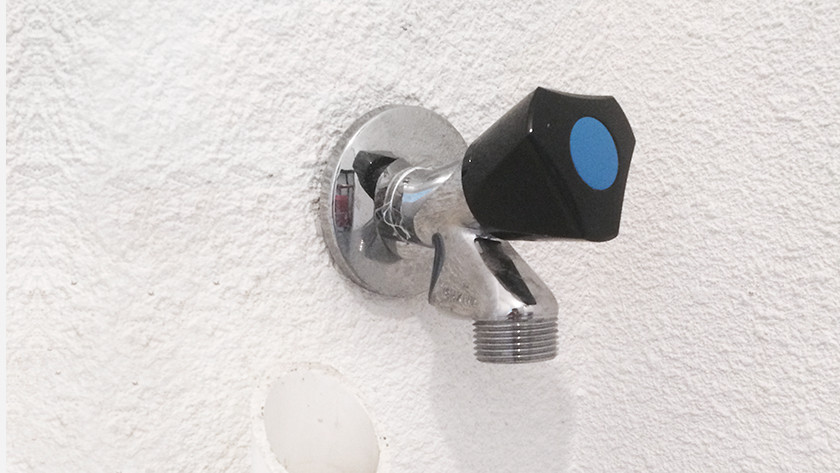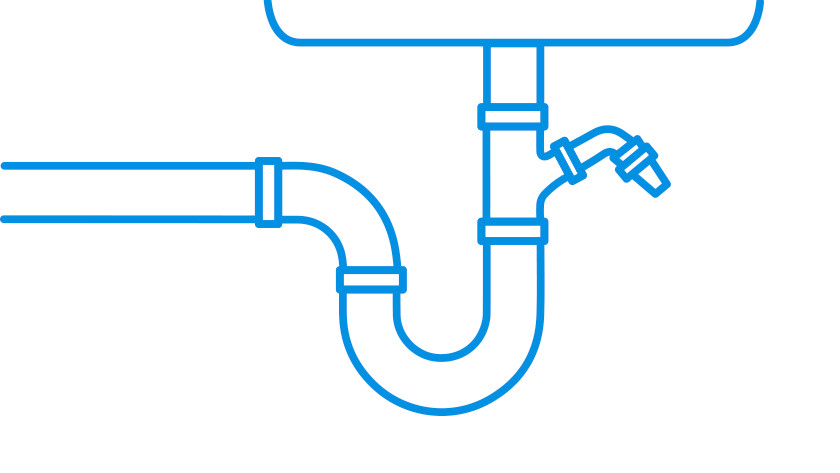
How do you connect a dishwasher?
Connect dishwasher in 4 steps
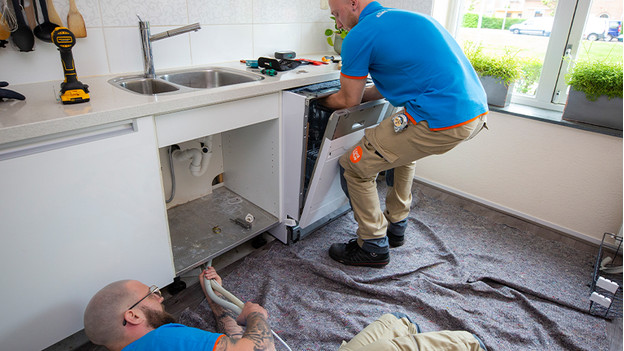
You connect your dishwasher with the 4 steps below.
- Step 1. Check the connections
- Step 2. Check the length of the hoses
- Step 3. Connect the supply hose
- Step 4. Connect the drain hose
Step 1: check connectors
-
A washing machine faucet
-
A trap with a dishwasher connector
To connect a dishwasher, you need the following things:
- A washing machine faucet. This is a faucet with a 3/4 inch screw thread.
- A connector for a dishwasher on the sink trap or a separate drain pipe.
Don't have these things? Call in a plumber to have them installed.
Step 2: check the length of the hoses
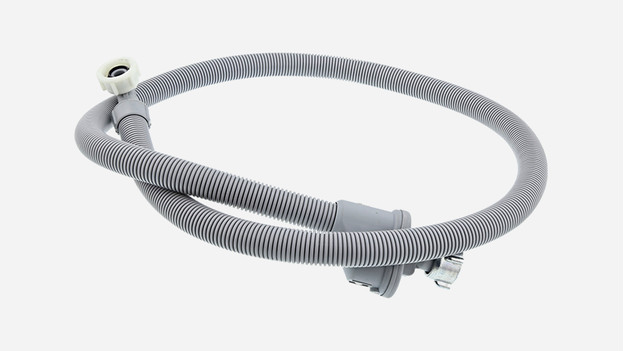
Check if the supply and drain hose of your dishwasher are long enough. The hoses need enough space and can't get kinked or crushed. Is the hose too short to connect to the faucet? Make sure you extend its length. You can find the maximum lengths of the hose in the dishwasher manual.
Step 3: connect the supply hose
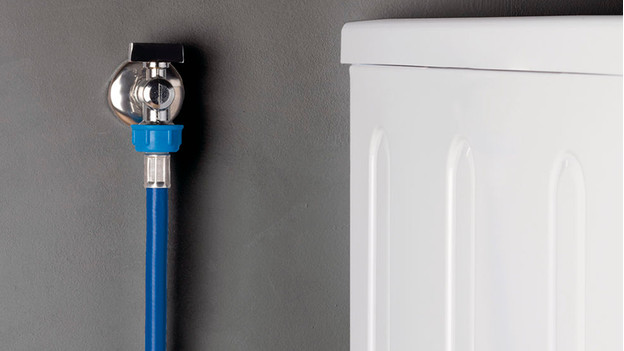
You connect the supply hose by screwing it into the washing machine faucet. Make sure you screw the hose on straight. Once it's connected, open the faucet and check if it doesn't leak.
Step 4: connect the drain hose
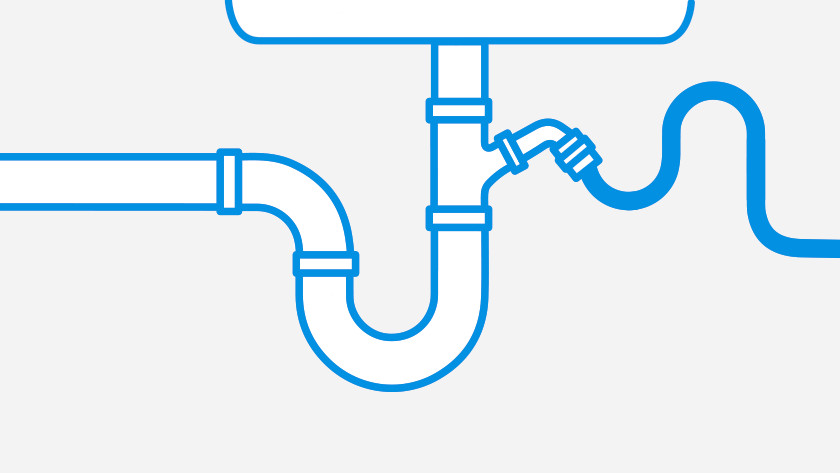
Connect to trap
- Unscrew the connector from the trap and check if the rubber stop has been removed. If necessary, remove it and screw the connector back on.
- Slide the hose clamp onto the end of the drain hose.
- Slide the drain hose over the connector on the trap and screw the hose clamp on tightly.
- Check if there's any leakage during the first use.

Connect to exhaust pipe
- Insert the drain hose into the drain pipe. Make sure it doesn't go any deeper than 15cm. That way, the dishwasher can drain the water properly.
- Many dishwasher include a hose conductor. This is a round piece of plastic. If you attach the drain hose to the conductor, it'll never slide too far into the pipe.
- Attach the hose conductor to the wall behind the drain pipe with screws for extra security.
- Always check for leakage during the first use.



